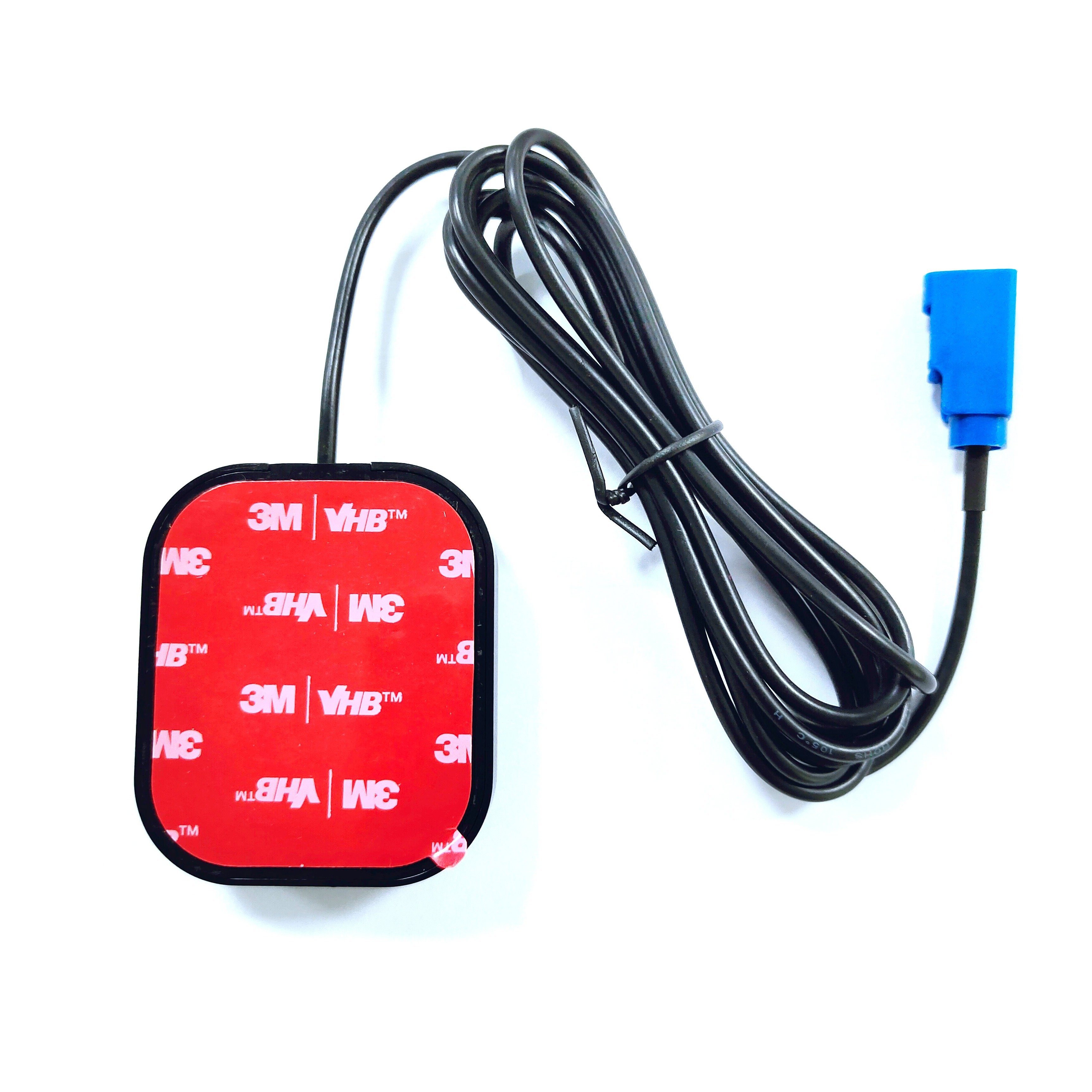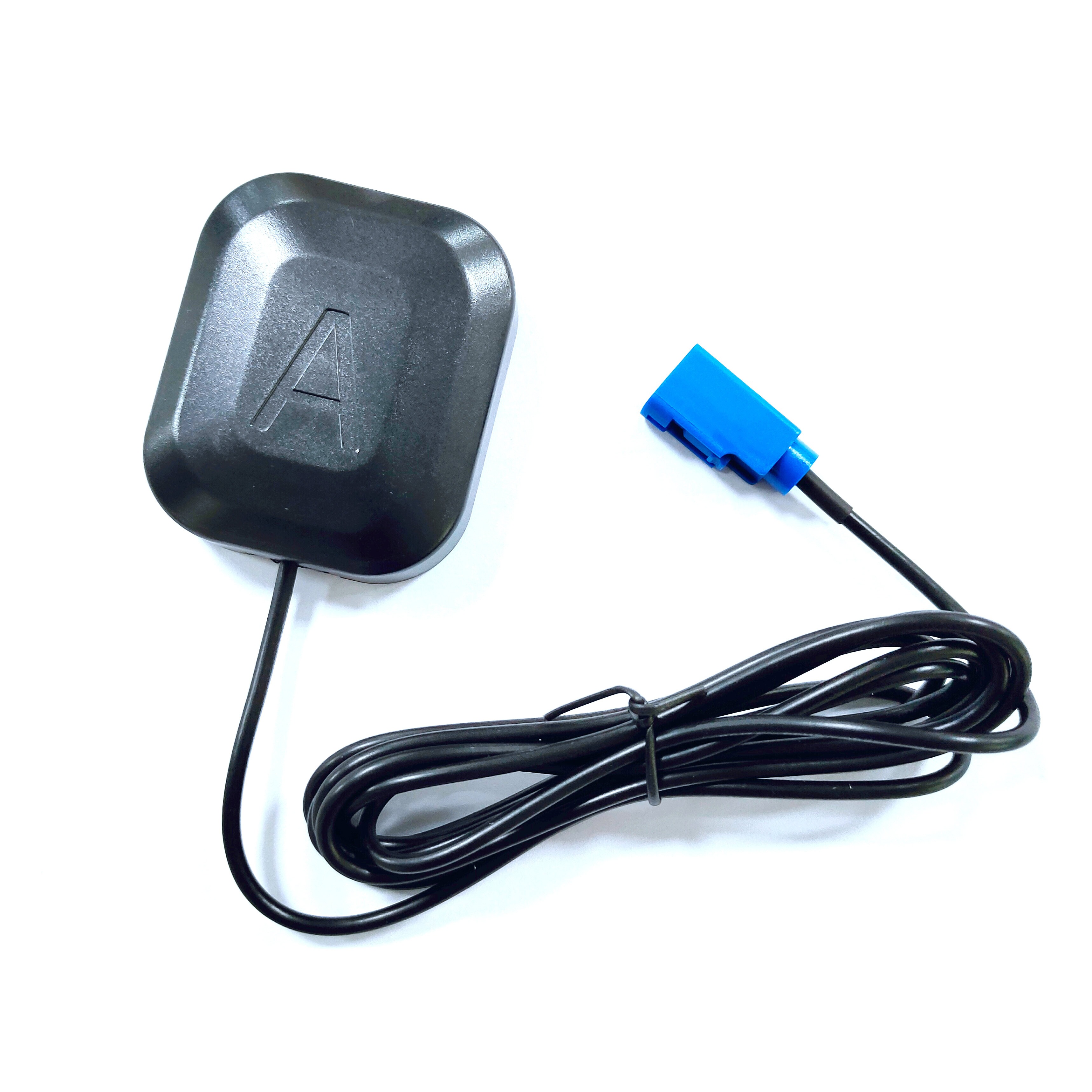5.1 Applications
5.1.1 Land Surveying
In land surveying, weather - resistant GNSS RTK active antennas are widely used to accurately measure the positions of points on the Earth's surface. Surveyors can use these antennas to create detailed maps, establish property boundaries, and monitor land deformation. The high - accuracy positioning provided by these antennas allows for more precise and efficient surveying, reducing the need for time - consuming and labor - intensive traditional surveying methods. For large - scale infrastructure projects, such as the construction of highways or railways, accurate land surveying using GNSS RTK antennas is essential for proper planning and design.
5.1.2 Agriculture
Precision agriculture is an area where GNSS RTK technology, along with weather - resistant antennas, has seen significant growth. Farmers can use these antennas to precisely control the movement of agricultural machinery, such as tractors, planters, and sprayers. By knowing the exact location of the equipment in the field, farmers can optimize the application of seeds, fertilizers, and pesticides. This not only increases crop yields but also reduces input costs and environmental impact. In addition, GNSS RTK - equipped drones can be used for crop monitoring, allowing farmers to detect early signs of crop stress or disease.
5.1.3 Marine Navigation
Marine navigation relies heavily on accurate positioning systems. Weather - resistant GNSS RTK active antennas are used on ships, boats, and other watercraft to provide reliable navigation information. These antennas can withstand the harsh marine environment, including saltwater corrosion, high humidity, and rough seas. They are used for tasks such as route planning, collision avoidance, and docking. In addition, in the emerging field of autonomous ships, GNSS RTK antennas play a crucial role in providing the necessary positioning accuracy for safe and efficient operation.
5.1.4 Unmanned Aerial Vehicles (UAVs)
UAVs, also known as drones, are increasingly being used in various applications, including photography, videography, mapping, and inspection. Weather - resistant GNSS RTK active antennas are essential for UAVs to maintain stable flight and accurate positioning, especially in adverse weather conditions. These antennas enable UAVs to follow pre - programmed flight paths with high precision, making them useful for tasks such as surveying large areas, inspecting power lines or pipelines, and delivering packages in remote areas.
5.2 Future Trends
5.2.1 Integration with Other Technologies
In the future, weather - resistant GNSS RTK active antennas are likely to be integrated with other emerging technologies. For example, there is a growing trend towards the integration of GNSS with inertial navigation systems (INS). INS uses accelerometers and gyroscopes to measure the motion of a vehicle or device. By combining GNSS and INS, the resulting system can provide more accurate and continuous positioning information, even in areas where GNSS signals are weak or unavailable, such as indoors or in tunnels. Another area of integration is with 5G and other wireless communication technologies. This integration can enable real - time data transfer between the GNSS antenna, the receiver, and other devices, improving the efficiency and functionality of the overall system.
5.2.2 Miniaturization and Increased Efficiency
As technology advances, there will be a continued trend towards miniaturization of weather - resistant GNSS RTK active antennas. Smaller antennas are more convenient to install and use, especially in applications where space is limited, such as in wearable devices or small UAVs. At the same time, efforts will be made to increase the efficiency of the antennas, reducing power consumption and improving signal reception. New materials and manufacturing techniques are being developed to achieve these goals. For example, the use of nanomaterials in antenna design may lead to more compact and efficient antennas.
5.2.3 Enhanced Resistance to Interference
With the increasing number of wireless devices and sources of RF interference in the environment, there will be a greater emphasis on developing weather - resistant GNSS RTK active antennas with enhanced resistance to interference. This may involve the development of more advanced filtering techniques, the use of intelligent signal - processing algorithms, and the design of antennas with better electromagnetic shielding. In addition, as new GNSS constellations are deployed and new frequencies are allocated, antennas will need to be designed to operate in these evolving frequency bands while remaining robust against interference.
Conclusion
Weather - resistant GNSS RTK active antennas have emerged as a critical component in modern positioning and navigation systems. Their ability to provide high - accuracy positioning in diverse and often harsh environmental conditions has made them essential in a wide range of applications, from land surveying and agriculture to marine navigation and UAV operations. Through innovative design and construction techniques, these antennas are able to withstand extreme temperatures, moisture, dust, and other environmental factors.
The working principles of these antennas, involving GNSS signal reception, active electronics for signal amplification and filtering, and RTK operation for high - accuracy positioning, are well - understood and continuously refined. The advantages of weather - resistant GNSS RTK active antennas, such as high - accuracy positioning, weather resistance, and compatibility with multiple GNSS constellations, far outweigh the challenges, including signal interference, power consumption, and cost.
Looking to the future, these antennas are expected to play an even more significant role as they are integrated with other emerging technologies, become more miniaturized and efficient, and offer enhanced resistance to interference. As technology continues to advance, weather - resistant GNSS RTK active antennas will continue to evolve, enabling more accurate, reliable, and versatile positioning solutions for a variety of industries and applications.




































































 Language
Language
 En
En Cn
Cn Korean
Korean

 Home >
Home > 






 18665803017 (Macro)
18665803017 (Macro)













